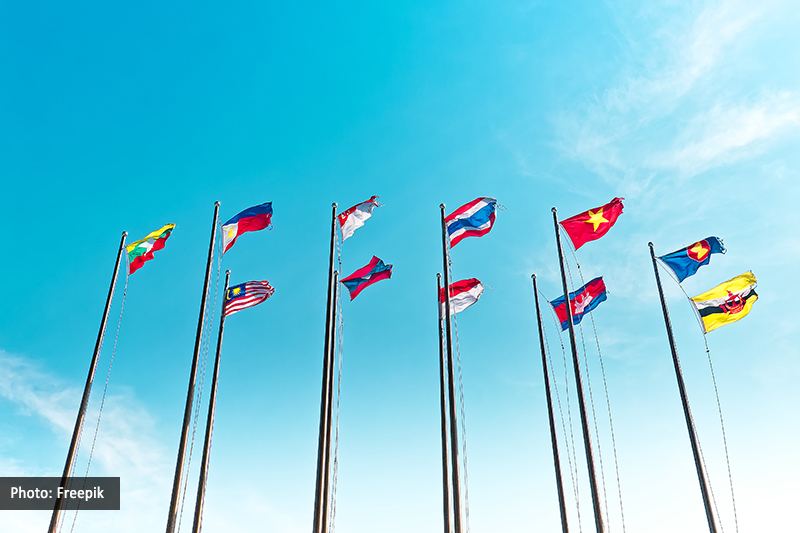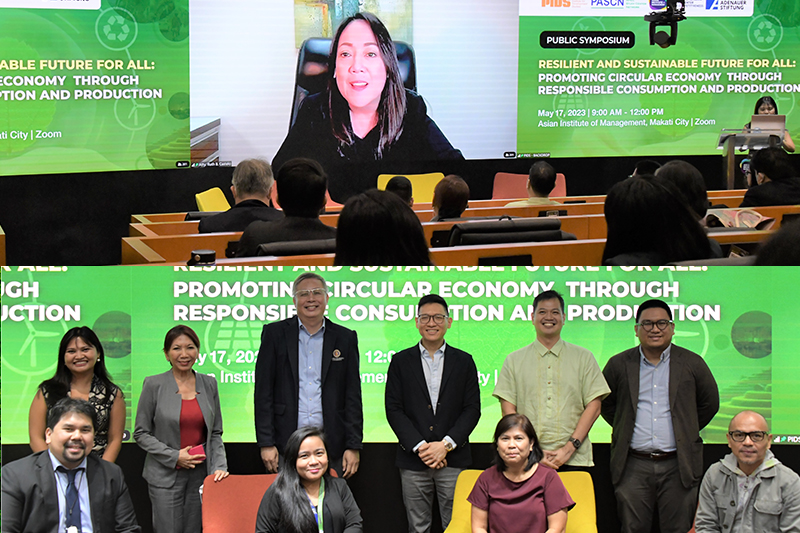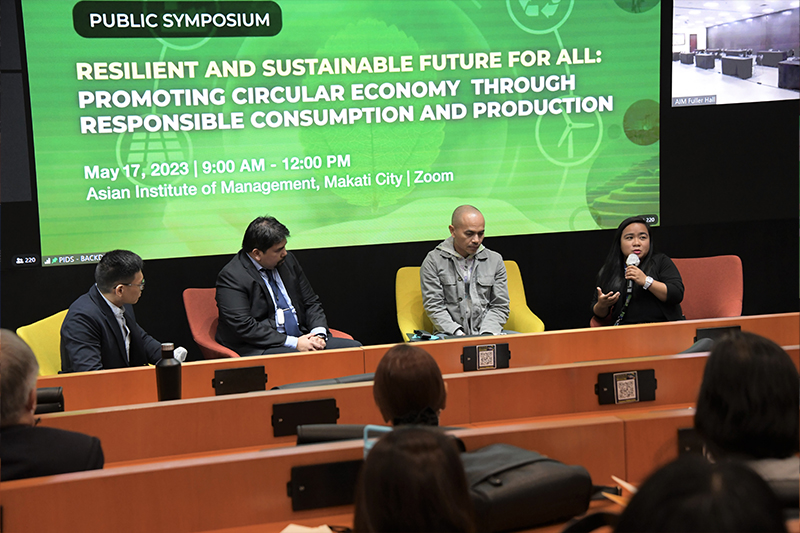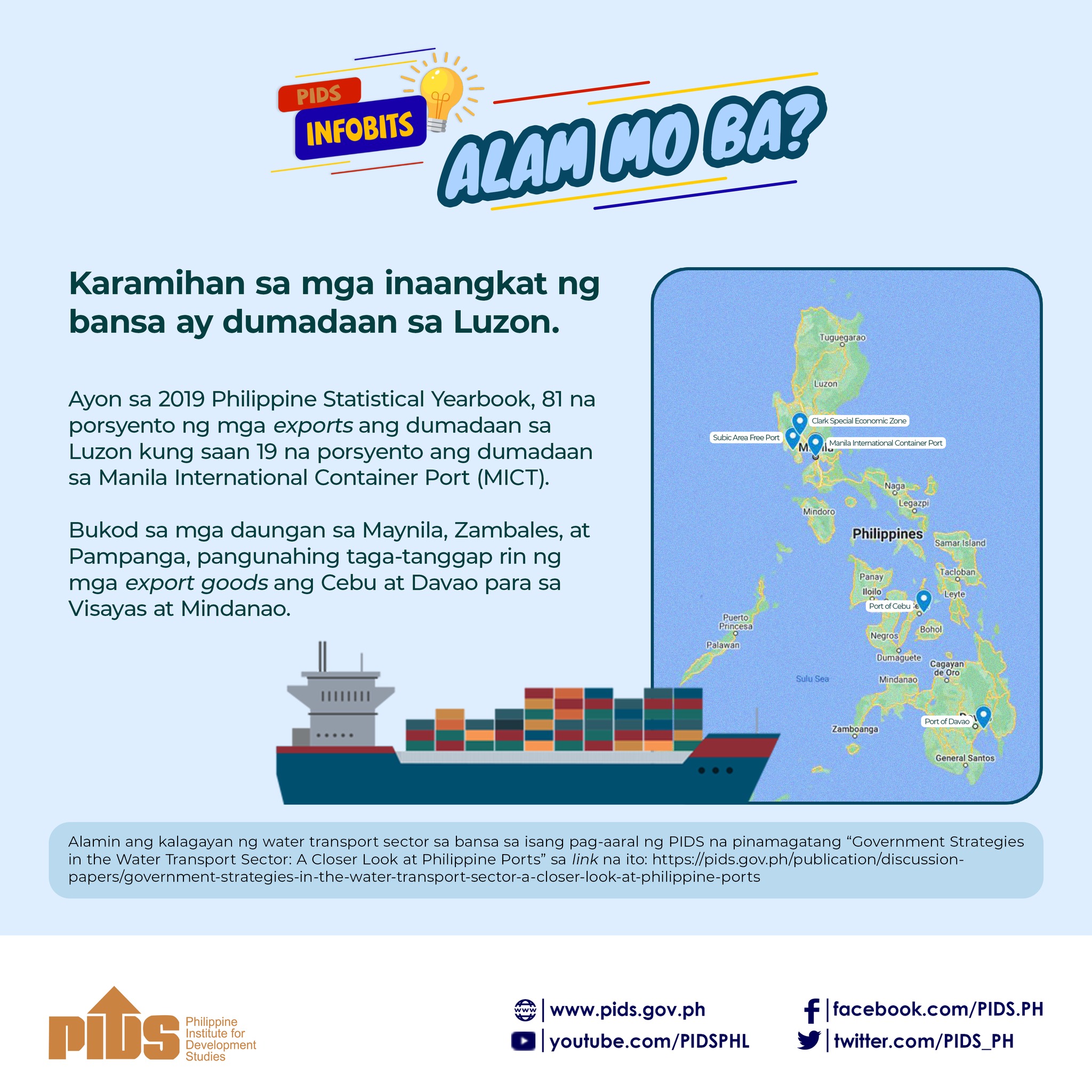A GLOBAL economic slump is not stopping the Philippines a nd Japan from putting their free-trade agreement (FTA), which entered into force over a decade ago, under a microscope this year to enhance economic ties.
Manila and Tokyo have begun the general review of the Philippines-Japan Economic Partnership Agreement (Pjepa) terms in fulfillment of the trading deal’s mandate, the Department of Trade and Industry (DTI) confirmed. Article 161 of Pjepa states that the FTA should undergo general review by both parties in 2011 and every five years thereafter, making 2021 a year for evaluation.
“Yes, it (Pjepa general review) will push through despite pandemic,” DTI Secretary Ramon Lopez told the BusinessMirror. He said that virtual meetings and consultation have started already but declined to provide additional details.
The trade deal was last reviewed in May 2016 during the 5th Pjepa Joint Committee Meeting in Manila. The parties tackled the following scope: trade in goods, rules of origin, trades in services, investments, government procurement and intellectual property.
At the time, the Philippines was also seeking more favorable terms for local farm products and other items, including bananas, pineapples, yakitori chicken and tuna, among others.
Asked what amendments DTI was pushing for this time around, the Trade official was mum. “Won’t preempt first,” Lopez said.
However, the agriculture sector has been pushing to lower the tariff imposed on the Philippines’s banana exports to Japan. Currently, Philippine bananas are imposed with an 18-percent tariff during the winter season and a lower 8 percent during summer. The country’s banana exports to Japan reached 1.345 million metric tons last year, according to the Philippine Statistics Authority (PSA), making it the top export market for the local produce.
Meanwhile, former tariff commissioner George Manzano suggested that the DTI look into the trade and investment record between countries following the enforcement of Pjepa. This can potentially weigh on decisions Manila and Tokyo will make with regards to their FTA during the general review.
“A review of the actual performance is good start for the overall review process,” Manzano told this newspaper.
Pjepa, the country’s first bilateral FTA, was signed by then President Gloria Macapagal-Arroyo and Japan’s former Prime Minister Junichiro Koizumi in 2006. The deal was ratified by the Senate in October 2008 and entered into force by December of same year.
Low utilization rate
Lopez, meanwhile, refuted a recent Philippine Institute for Development Studies (PIDS) study claiming that the country’s utilization of Pjepa was “alarmingly low” at only 16.6 percent.
The state think tank explained that low FTA utilization is usually caused by lack of information, administrative costs, delays in procedures and availability of incentive scheme offering. With this, PIDS urged the government to ensure that local traders, especially the micro, small and medium-sized importers, are aware of all information regarding Pjepa.
But the Trade official believes the figure should be higher. “I think that’s wrong computation,” Lopez said, adding that the figures will be rechecked.
In computing the utilization rate, Lopez said that the eligible exports should be used as the denominator.
“Please note, with Pjepa, our exports to Japan grew and we [went into] surplus and more balanced in bilateral trade,” the Trade secretary added.
Last year, the Philippines registered a trade surplus of $1.74 billion with Japan, higher than the P94.96 million notched in 2019, based on PSA data.
The Philippines’s outbound shipments to Japan amounted to $9.9 billion last year, which is 7 percent lower than P10.67 billion in 2019. Imports from Japan to the Philippines, meanwhile, plunged by nearly 23 percent to $8.15 billion in 2020 from $10.58 billion year-on-year.
Total trade between countries reached $18.05 billion last year, indicating a 15-percent decline from $21.25 billion in 2019.
Manila, Tokyo push through with FTA review












